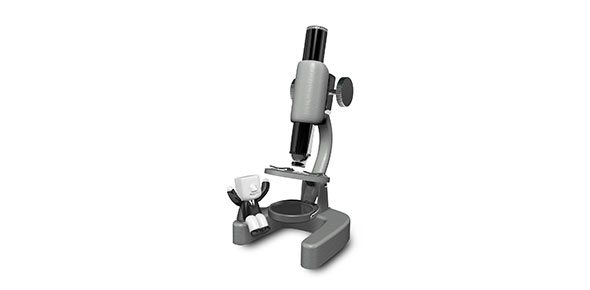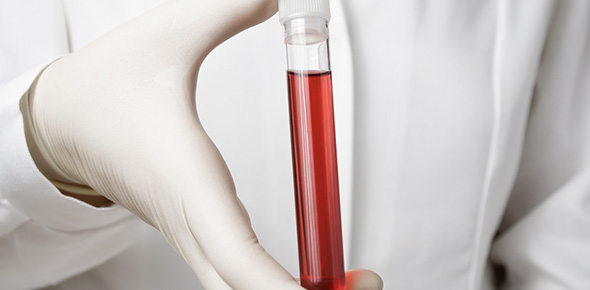Related Flashcards
Cards In This Set
| Front | Back |
 Pulmonary ventilation |
The respiratory system is responsible for the movement of air in and out of the lungs.
|
|
Inspiration
|
The act of drawing air into the lungs. The major muscle of inspiration is the diaphragm, the contraction of which creates a reduced pressure in the chest
|
|
Expiration
|
As the thoracic diaphragm relaxes during exhalation it causes the tissue it has depressed to rise superiorly and put pressure on the lungs to expel the air.
|
|
Elastic Recoil
|
Is the rebound of the lungs after having been stretched by inhalation, or rather, the ease with which the lung rebounds.
|
 Spirometer |
An instrument for measuring the air capacity of the lungs.
|
|
Spirometry
|
Is the first and most commonly done lung function test. It measures how much and how quickly you can move air out of your lungs.
|
 Spirogram |
A graphic record of respiratory movements traced on a revolving drum.
|
|
Tidal Volume (TV)
|
Is the lung volume representing the normal volume of air displaced between normal inhalation and exhalation when extra effort is not applied.
|
 Spirograph |
An instrument for recording breathing movements.
|
|
Tidal Volume (fact)
|
In a healthy, young human adult, tidal volume is approximately 500 mL per inspiration or 7 mL/kg of body mass.
|
|
Expiratory Reserve Volume (ERV)
|
Is the additional amount of air that can be expired from the lungs by determined effort after normal expiration.
|
|
Inspiratory Reserve Volume (IRV)
|
Is the maximal amount of additional air that can be drawn into the lungs by determined effort after normal inspiration.
|
|
Residual Volume (RV)
|
Is a lung volume representing the amount of air left in the lungs after a forced exhalation; this volume cannot be measured, only calculated.
|
|
Vital Capacity (VC)
|
Is the greatest volume of air that can be expelled from the lungs after taking the deepest possible breath.
|
|
Vital Capacity (equation)
|
VC = TV + IRV + ERV
|






